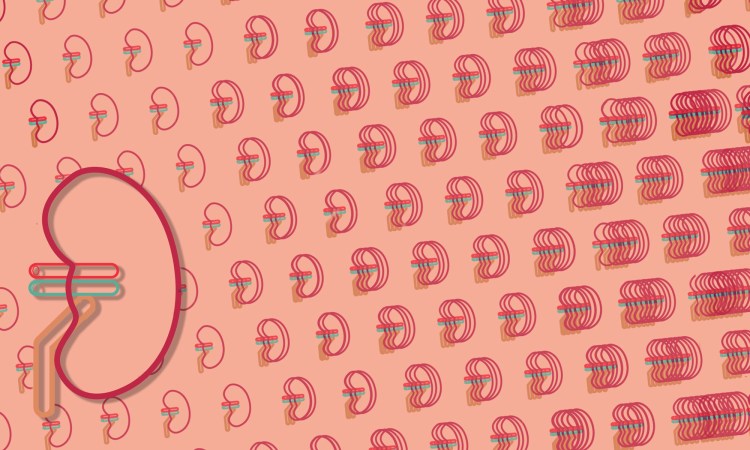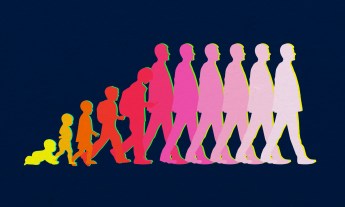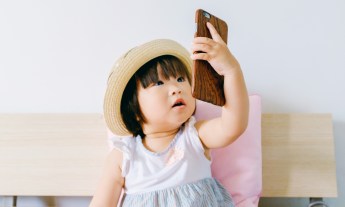
A kidney donation chain could narrow the huge gap between organ supply and demand. Kidney matchmaker and transplant surgeon Jayme Locke explains how.
In a typical year, roughly 100,000 people in the United States are anxiously waiting on the list for a kidney transplant, and only about 17,000 of them end up getting donor organs — 11,000 from deceased donors and 6,000 from living donors. What happens to the other 83,000? They wait … and wait … and wait, while going in for uncomfortable, lengthy, frequent dialysis treatments for an estimated three to five years before receiving an organ. Of course, that’s if they survive. An untold number — one estimate says 13 people a day — on the waitlist pass away from chronic kidney disease while waiting for a transplant.
How could a person get a donor kidney sooner? Right now, your best hope would be to find someone willing to donate one of their kidneys to you (patients who receive kidneys from living donors have better long-term survival rates than those who get them from deceased donors). That someone is usually a family member or close friend who has a personal interest in your health. However, the odds are only about 1 in 2 that a specific donor will match with a specific patient; even between two close relatives, factors like blood type and age difference can make a direct donation impossible. So, if they aren’t a match, often that’s the end of the story. Or is it?
“I’m part transplant surgeon and part matchmaker, if you will,” says University of Alabama-Birmingham surgeon Jayme Locke. Locke (TEDxBirmingham Talk: Let’s create a national kidney donation exchange) is working on a new way to leverage the altruism of would-be kidney donors to create matches that benefit even more people. “I take living-donor and recipient pairs that don’t match because of age differences, size differences or differences in blood types and tissue types, and I facilitate kidney exchanges.” What she’s working on is called a transplant chain (for a diagram to see how one works, go here), and it stands to revolutionize the way we treat kidney patients.
One link in the transplant chain is what’s called the “paired exchange.” Here’s how a paired exchange works: Let’s say your dear aunt needs a transplant and you’re ready to donate — but you find out that you’re not a match for her. In a paired exchange, your hospital finds a kidney patient you do match with, and, in turn, your aunt gets a kidney from someone who, like you, is a willing donor but didn’t match with their intended recipient. It’s a simple two-way trade.
Sometimes, though, that two-way trade doesn’t work out quite so neatly. Think of the last time you played a game of solitaire that almost didn’t come out. While the deck contained plenty of playable cards, you were looking for one particular card that would make everything else match up. And when it did turn up, everything else fell into place. In a kidney donation chain, that one card is called a “non-directed living donor” — basically, someone who chooses to give a kidney to a stranger on the waiting list. These legendarily altruistic people, like that one perfect card in a game of solitaire, can unlock a long chain of matching pairs.
These donation chains can stretch on and on. In fact, Locke and her team at UAM have a 94-person (and still going) kidney-donation transplant chain. The first transplant in this chain took place in December 2013, and it’s on track to hit #100 this summer. Since 2012, UAB has used a kidney-matching algorithm that leverages AI to make the organ matching process much more efficient. “It can process all possible matches and choose the combinations that result in the greatest number of transplants,” she says. And UAB isn’t alone in employing technology to optimize kidney transplants — other hospitals and systems across the United States have their own algorithms and chains.
Locke is all too aware that her chain — however impressive — is making just a dent in the donor kidney problem. She and others are advocating for a single, nationally legislated living-donor system. That means hospital systems like UAB would no longer be siloed from other major transplant centers, and would vastly increase the pool of donors and matches. There have been attempts at creating a system. The National Kidney Registry (NKR), for example, uses its algorithm on a nationwide level, matching patients with organs across America. But while the NKR has the largest donor-recipient pool and an excellent matching record, many transplant centers are not part of it. For her hospital system, says Locke, some NKR requirements — like the membership cost and certain tissue criteria — stand in the way of their joining. Until one national system exists, these different organizations will work within their individual pools, limiting the number of potential transplants.
While a national system might seem like a pie-in-the-sky dream in the current political climate, there’s a precedent. In 1984, the US Congress passed the National Organ Transplant Act, which President Ronald Reagan signed into law. It established the Organ Procurement and Transplantation Network, which in partnership with the nonprofit United Network for Organ Sharing allocates organs from deceased donors on a national level. This model could be applied to organs from living donors.
How else could we address the shortfall in donor kidneys? Part of the solution lies in increasing the supply of organs from deceased donors. Spain could serve as a model — they appear to be the only country that’s made headway in shortening their organ waiting list. According to data from the country’s National Transplant Organization (ONT), there were 46.9 deceased donors for every million people in 2017 (by contrast, France and the US hover at around 26 deceased donors per million). What’s behind their success? It’s due in part to their having a centralized, organized system and also to organ donation being an opt-out decision (in other words, every Spanish citizen is automatically signed up to donate when they die — and if they don’t want to, they must make the effort to opt out).
Another way to fill the kidney gap: Share the story of kidney donation chains. If you were rejected as a potential kidney donor for a loved one, could you be encouraged to give an organ to someone else on the list instead? What if you knew this would lead to a faster match for your relative? Transplant advocates believe greater publicity about this option could make a difference. While donating an organ to a stranger may seem like a huge step for people to take, we humans engage in selfless acts all of the time. Every year, millions of people volunteer to donate blood and they’re perfectly fine with never knowing the recipient of their particular blood transfusion. Would it be possible to change the public attitude toward kidney donation, too?
Locke holds hope that the kidney gap can be addressed. After she spoke on the subject at TEDxBirmingham in 2017, audience member Tyler Williamson came up to her. He was so inspired by her talk that he decided to donate a kidney to a stranger on the waitlist — and he ended up becoming part of the UAB chain. Locke says, “If we could just take what we’ve done here and extrapolate it to the whole country, it would be remarkable what we could do together.”



















